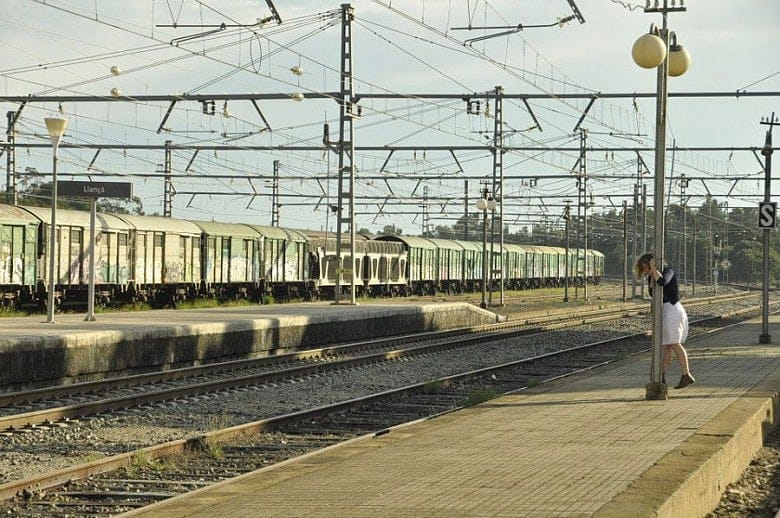Moving trains and the meaning of life

Some people try to avoid sitting backwards on trains, and they find it worth wandering for a few minutes between the cars in search of an empty seat facing in the direction of their destination, and preferably, next to a window.
These people likely experience the sensation of moving forward as a kind of relief, almost always provoking a deep breath at the moment when the brakes release. Since the smoothness of steel on steel makes for a slow friction that builds, certain kinds of people have plenty of time to look out the window and configure the whole thing as an externalization of the emotional transition they are experiencing from one place to another, likely leaving someone behind, whether they want to or not. In fact, that's the draw: No sooner than when the window scenery starts to blur do these people become heroes who, with simultaneous courage and resignation, look straight into the blaring uncertainty of their present circumstances while silently reciting, it's time to move on. Of course I've never done this, but I imagine that some pensive types find the train metaphor tempting enough to complement their roving travel narratives, and give themselves full license to assign boundless significance to the whole episode.

